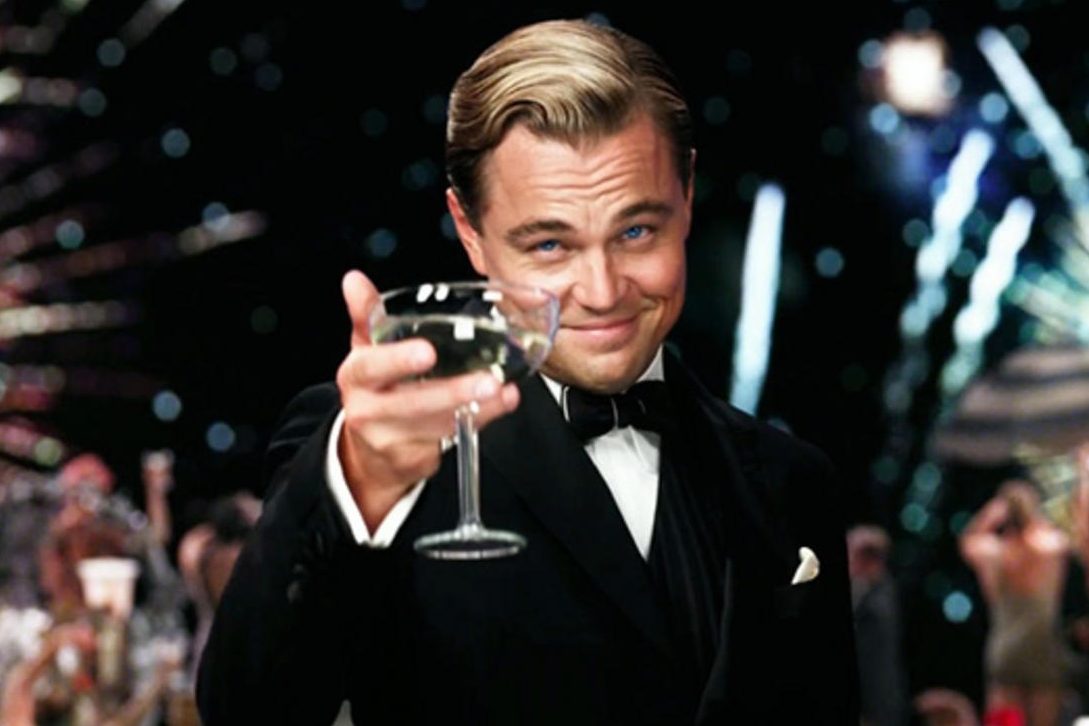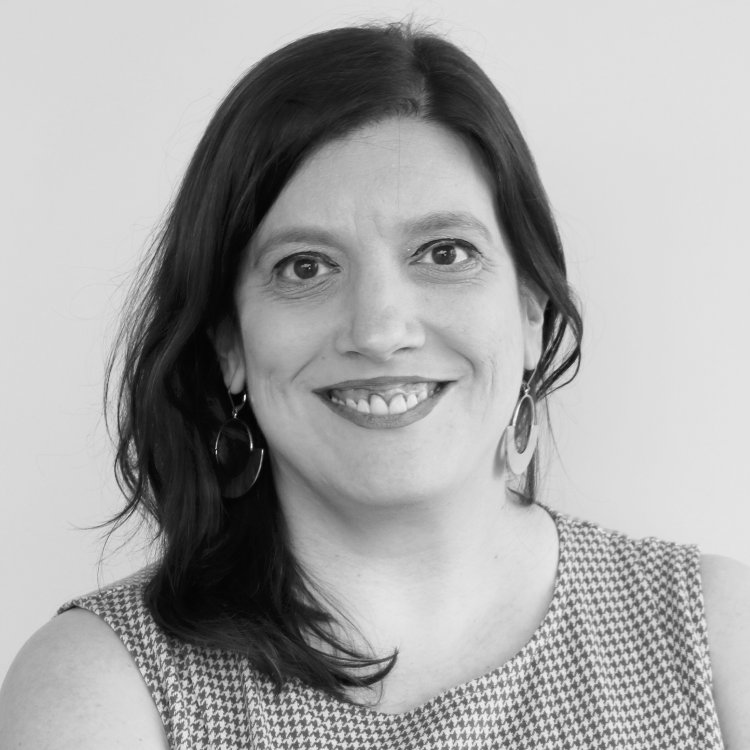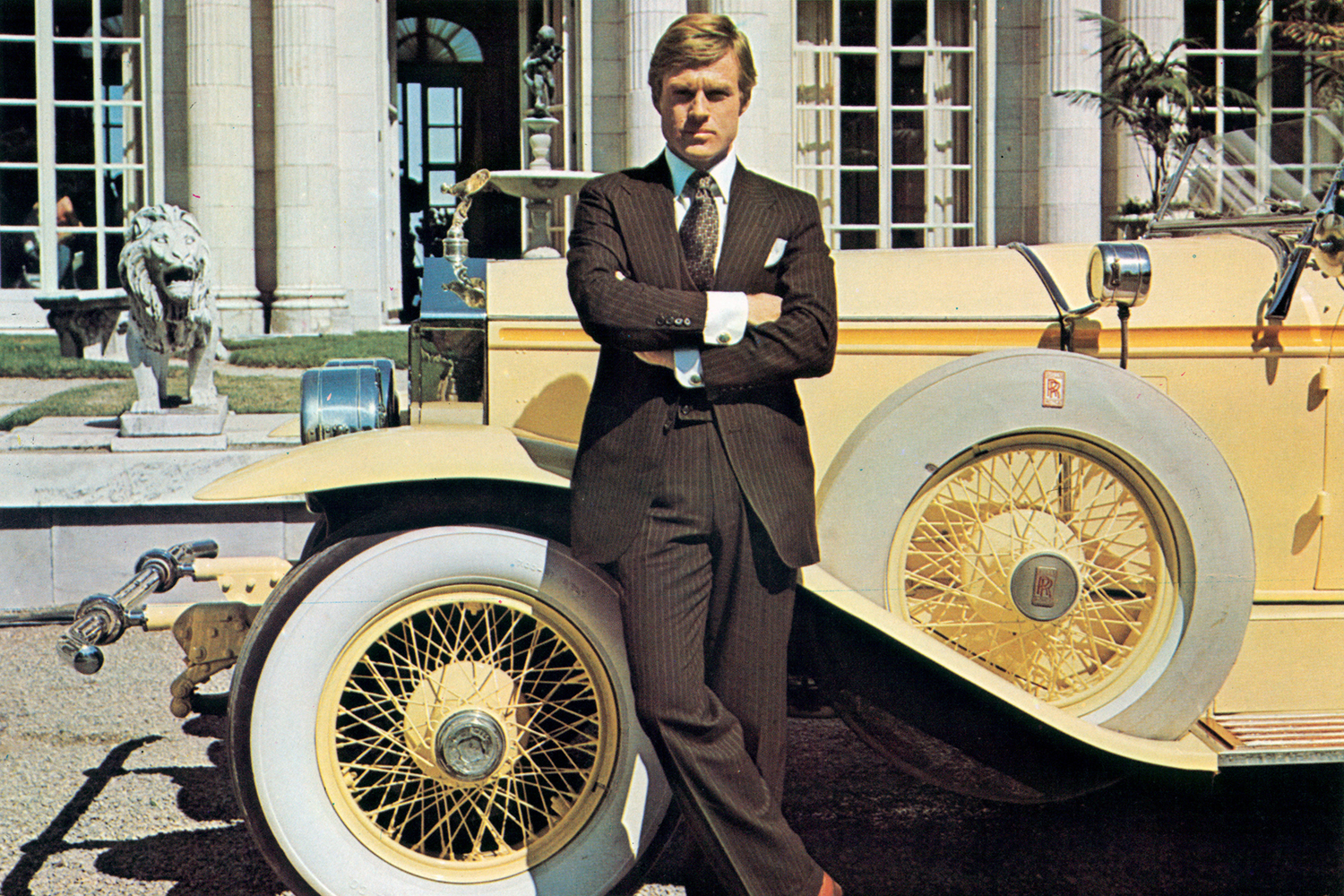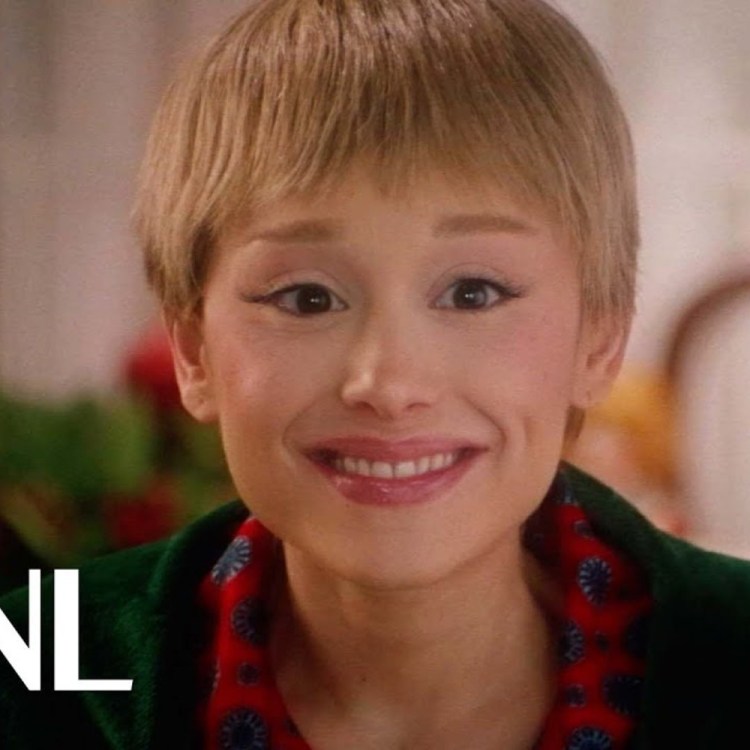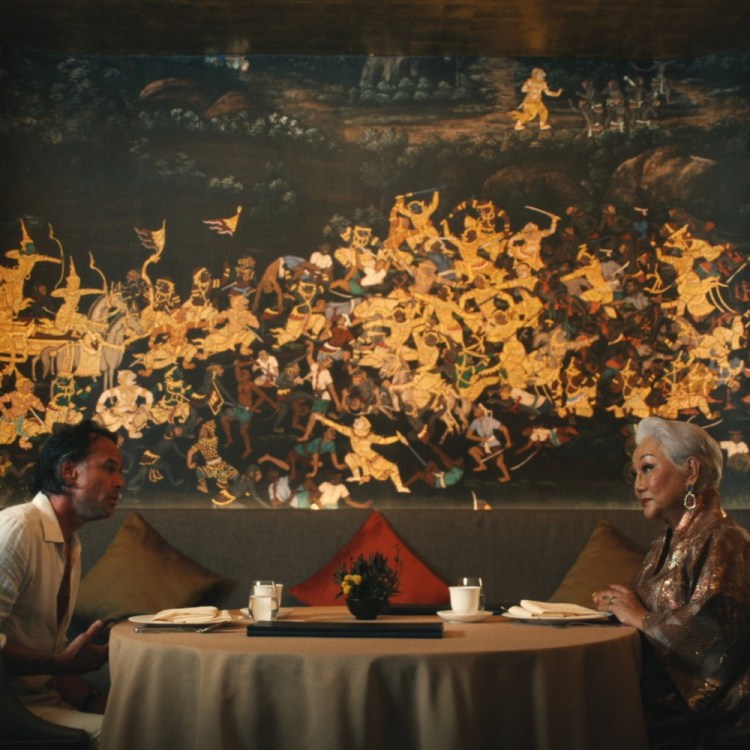Though it has been nearly 100 years since its publication, The Great Gatsby remains an enduring classic — considered by many to be the Great American Novel — and it should come as no surprise that it continues to be adapted for the screen. But a newly announced TV miniseries from Michael Hirst based on the F. Scott Fitzgerald tome is offering a new twist: this “reimagined” version of Gatsby will reportedly focus on “New York’s Black community in the 1920s as well as the musical subculture,” while “digging deeper into the hidden lives of its characters through the modern lens of a fractured American Dream.”
The show will also include a closer look at “gender, race, and sexual orientation” and “the darker underbelly of the American experience.” Additionally, Blake Hazard, Fitzgerald’s great-granddaughter and trustee of his estate, is serving as a producer. “I have long dreamt of a more diverse, inclusive version of Gatsby that better reflects the America we live in, one that might allow us all to see ourselves in Scott’s wildly romantic text,” Hazard said. “Michael brings a deep reverence for Scott’s work to the project but also a fearlessness about bringing such an iconic story to life in an accessible and fresh way.”
An increase in diversity when it comes to both casting and the stories Hollywood chooses to tell is an objectively good thing, and something that is long overdue. But reimagining The Great Gatsby in general raises some questions about how you can effectively tell a “more diverse, inclusive” version of a story so rooted in privilege. The Great Gatsby is a very specific critique of absurdly wealthy white people who feel bored yet invincible because everything in life has been handed to them; all of its characters have a level of entitlement that anyone who has had to endure any type of racism in their life simply wouldn’t have, no matter how much money they have.
Colorblind casting has become more commonplace in recent years, most recently on Netflix’s Bridgerton, which features BIPOC actors as royalty in Britain’s Regency era. But Bridgerton is, at its core, a love story, and it allows us — for the most part — to suspend disbelief and accept its fantasy world where racism doesn’t exist and a Black woman can be queen of England in the 1800s because its plot is not rooted in inequality. Representation matters, and it’s unbelievably important that BIPOC kids can grow up seeing people who look like them onscreen playing all types of characters — and not just in stories that are explicitly about race.
But why try to shoehorn that representation into a story where it kneecaps the novel’s point about the exclusivity of the American Dream? A story about New York’s Black community in the 1920s sounds fascinating on its own; why not allow it to live as a new, fresh BIPOC story instead of forcing it to exist within the constraints of an existing white one?
Of course, details about this new Gatsby are sparse, and we don’t know exactly how it plans to execute its more inclusive vision. (Will we get a Black Jay Gatsby or new characters entirely?) It seems unlikely, but it’s possible they’ll come up with a way to seamlessly incorporate it into the story — we’ll just have to wait and see. And until then, we’ll beat on, boats against the current, borne back ceaselessly into the … well, you get it.
Thanks for reading InsideHook. Sign up for our daily newsletter and be in the know.
